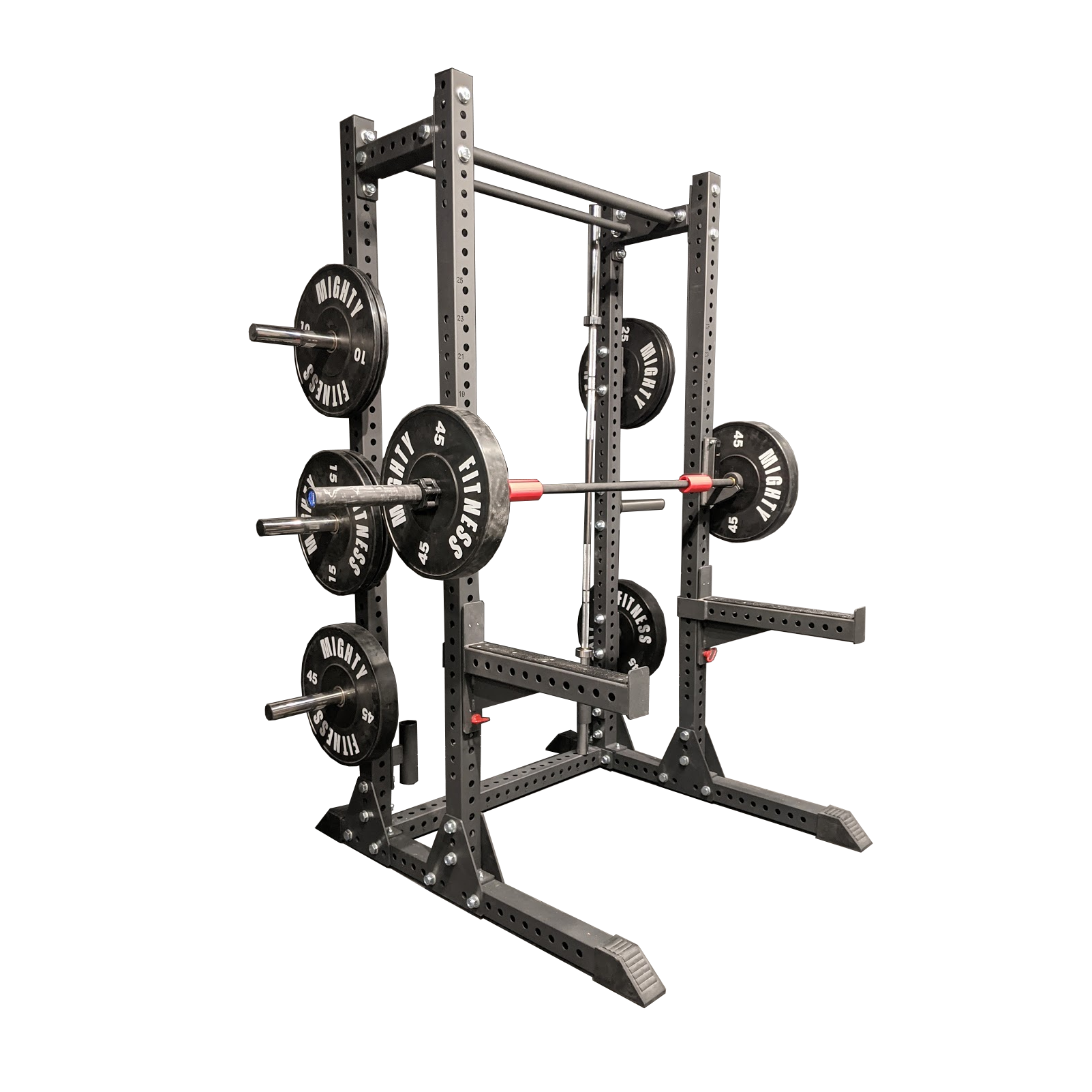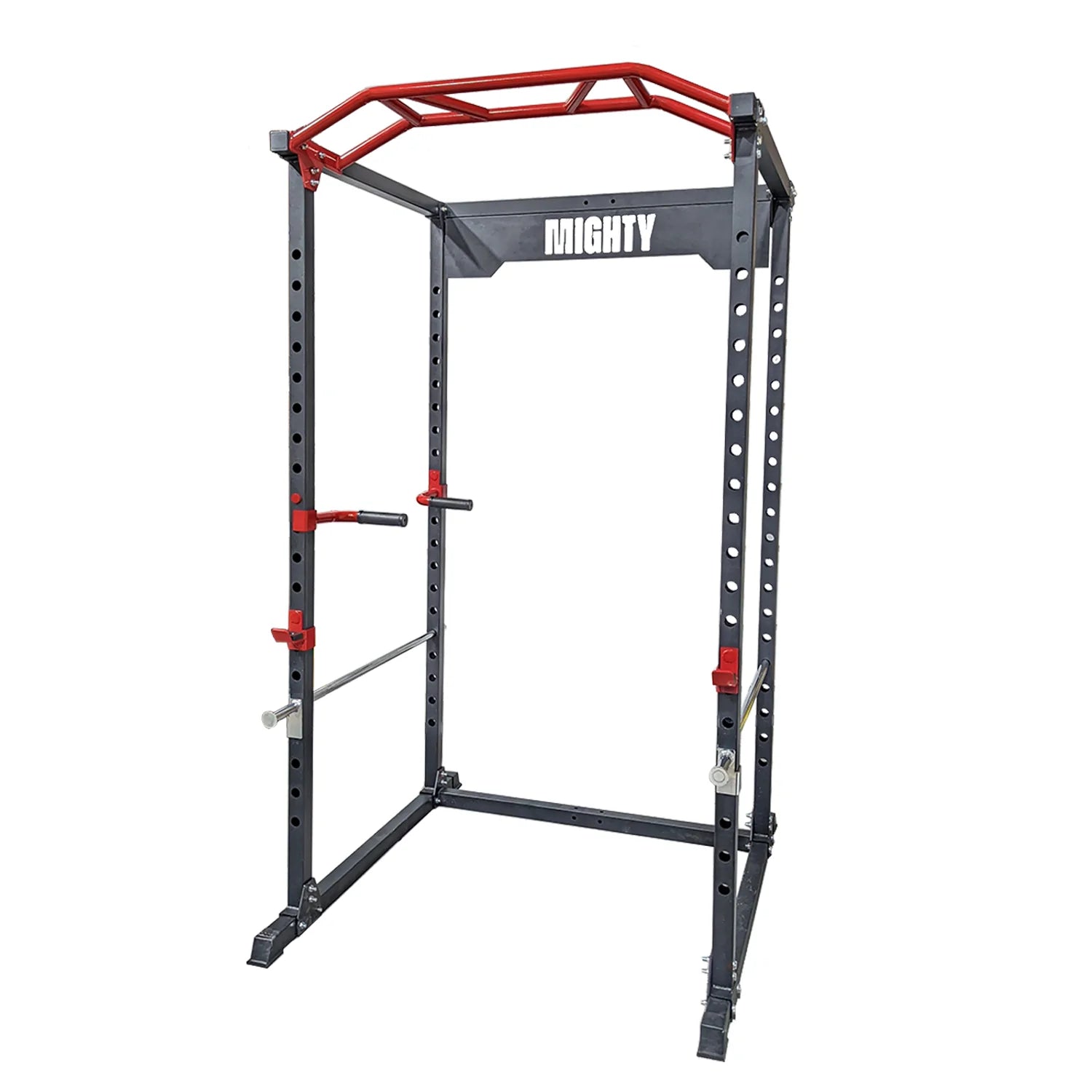Exercise and High Blood Pressure
Making physical activity a habit might help decrease your blood pressure. It also increases your energy and is an excellent technique to relieve stress and feel better.
If you aren't already active, consult your doctor first. They will ensure that you are physically prepared for activity. Because an active lifestyle is healthy for your blood pressure, your doctor will most likely approve.
You don't have to go to the gym. You simply need to be active enough to make your heart beat quicker and your breathing harder. Brisk walking, jogging, swimming, biking, lifting weights, or doing yard chores are all examples.
Consider these four workouts to help you attain your weight loss goal while also lowering your blood pressure.
Hiking
The physical force required to climb an incline, hill, or mountain can help you acquire a higher degree of fitness. Hiking, for example, can drop blood pressure by up to ten points.
Weight lifting
Although it may appear to be paradoxical, weight exercise or lifting can lower blood pressure. Strength training temporarily boosts blood pressure, but it can enhance general fitness, which in turn improves blood pressure.
Swimming
Another study discovered that this type of exercise can help regulate blood pressure in persons aged 60 and up. Swimmers eventually worked their way up to 45 minutes of continuous swimming at a time throughout a 12-week period. The swimmers had reduced their systolic blood pressure by an average of nine points by the end of the research.
3 times a day, 10 minutes of brisk or moderate walking
Exercise reduces blood pressure by lowering blood vessel stiffness, allowing blood to flow more freely. Exercise's effects are most obvious during and soon following a workout. Lowering blood pressure is most noticeable immediately following exercise.
Exercise's Effect on Blood Pressure
- Regular activity strengthens the heart. A stronger heart is capable of pumping more blood with less effort. As a result, the force exerted on the arteries is reduced. This reduces blood pressure.
- Millimeters of mercury (mm Hg) are used to measure blood pressure. A blood pressure reading has two digits. The top number represents systolic pressure. The diastolic pressure is shown at the bottom.
- Normal blood pressure is 120/80 mm Hg or lower, according to the American College of Cardiology and the American Heart Association.
- Increased activity can drop both the top and bottom blood pressure values. It's unclear how much lower they can go. Drops in blood pressure range from 4 to 12 mm Hg diastolic and 3 to 6 mm Hg systolic, according to studies.
- Regular exercise also aids in the maintenance of a healthy weight. Weight control is a key aspect of blood pressure regulation. If you're overweight, even reducing 5 pounds (2.3 kilograms) will help lower your blood pressure.
How much physical activity do you require?
Aim for at least 150 minutes of moderate aerobic activity per week, or 75 minutes of vigorous aerobic activity per week, or a combination of the two. Most days of the week, aim for at least 30 minutes of aerobic activity. If you're not used to working out, take it slowly at first. Your aerobic workout can be divided into three 10-minute sessions. This provides the same benefit as a single 30-minute session. Aerobic and weight exercise appear to deliver the most heart-healthy effects.
If you sit for a long period of time, attempt to take 5- to 10-minute breaks every hour to stretch and move. A sedentary or inactive lifestyle has been related to a variety of chronic health issues, including high blood pressure. Try going for a little walk or even walking to the kitchen or breakroom to get a sip of water to get some movement into your day. It may be beneficial to set a reminder on your phone or computer.
Final Words
Being physically active is one of the most beneficial things you can do for your blood pressure. Inquire with your doctor whether there are any restrictions on what you can attempt.
Take note of how your body feels while you workout. It may take some time for your body to adjust. That is typical. When you're undertaking aerobic exercise, it's normal to breathe harder, sweat more, and have your heart beat quicker.


